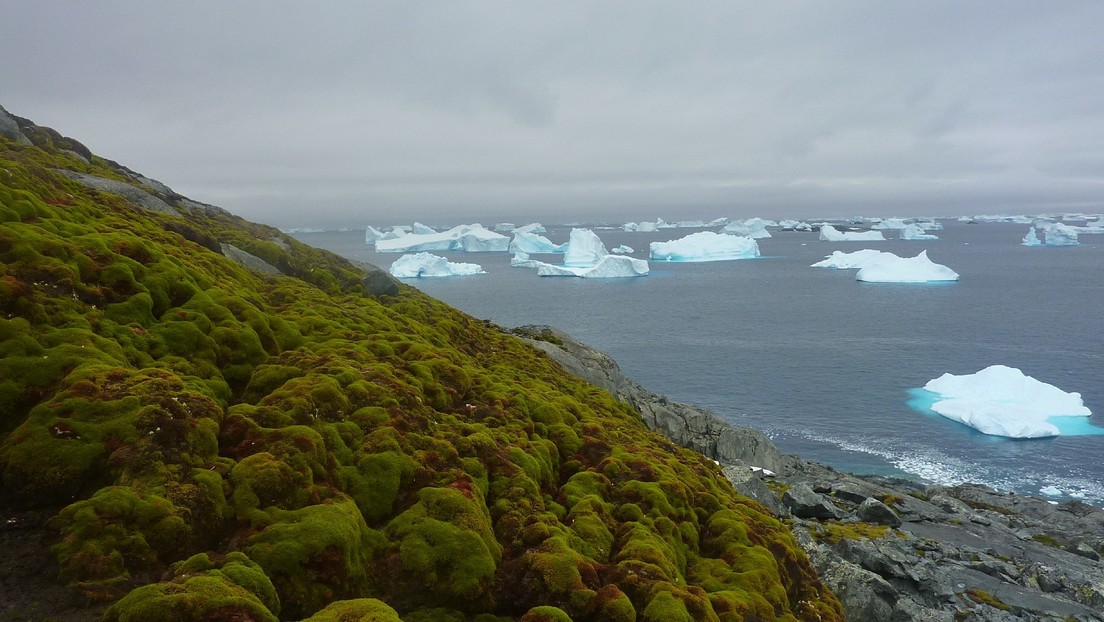
A group of researchers from scientific institutions in the United Kingdom determined that the vegetation on the surface of the Antarctic Peninsula, the part of Antarctica closest to South America, has increased more than 10 times in the last four decades, reports this Friday the University of Exeter.
The World Meteorological Organization (WMO) indicates that the Antarctic Peninsula is one of the parts of the planet that has warmed the most, since in the last 50 years there has been an increase in temperature of almost 3 degrees Celsius due to the change climatic.
Previously, research warned that two plants, Antarctic pearlgrass (Colobanthus quitensis) and Antarctic hairgrass ('Deschampsia antarctica'), were growing at an unprecedented rate in Antarctica. Another study showed that the surface of the peninsula was dominated by moss.
Vegetation increases rapidly
Now, in a study published in the journal Nature Geoscience, it is reported that the vegetation of the peninsula went from less than 1 square kilometer in 1986 to almost 12 square kilometers in 2021.
It was also found that the greening process in this area of ??Antarctica accelerated by more than 30% between 2016 and 2021, compared to the entire research period, from 1986 to 2021. This means that the vegetation expanded annually in more than 0.4 square kilometers.
The scientists arrived at these results after analyzing the extent and speed of the increase in vegetation on the Antarctic Peninsula as a result of climate change, based on data obtained from Earth observation satellites.
They also explained that as these plants, mainly moss, become established on the surface of the peninsula, they could give rise to more diverse plant life in the future, including non-native and invasive species.
Our findings raise serious concerns about the environmental future of the Antarctic Peninsula and the continent as a whole, said researcher Thomas Roland, who highlighted the importance of understanding these changes and precisely identifying what is causing them in order to protect Antarctica. (Text and photo: RT)